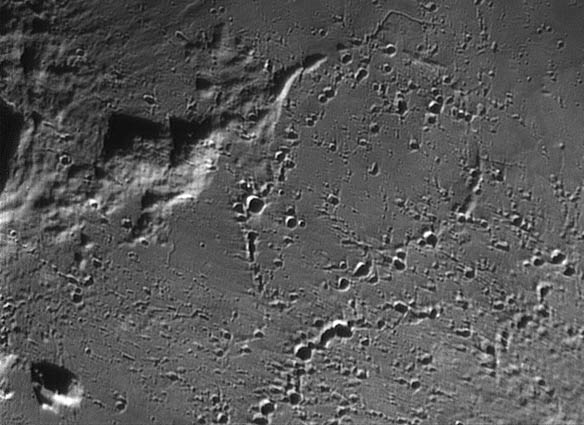Difference between revisions of "March 24, 2005"
| Line 28: | Line 28: | ||
Rukl Plate 32 | Rukl Plate 32 | ||
</p> | </p> | ||
| − | <p | + | <p><b>Yesterday's LPOD:</b> [[March 23, 2005|Doppelmayer Surprises]] </p> |
| + | <p><b>Tomorrow's LPOD:</b> [[March 25, 2005|Can You Names These Craters?]] </p> | ||
</tr> | </tr> | ||
</table> | </table> | ||
| Line 55: | Line 56: | ||
===COMMENTS?=== | ===COMMENTS?=== | ||
Register, and click on the <b>Discussion</b> tab at the top of the page. | Register, and click on the <b>Discussion</b> tab at the top of the page. | ||
| + | <hr> | ||
| + | <!-- | ||
| + | You can support LPOD when you buy any book from Amazon thru [[Support_ LPOD|LPOD]]! | ||
| + | --> | ||
| + | <span style="font-size:88%"> | ||
| + | <center> | ||
| + | Contributions to http://www2.lpod.org/ are licensed under a Creative Commons Attribution No-Derivative-Works Non-Commercial 3.0 License. [http://www.creativecommons.org/licenses/by-nc-nd/3.0 http://www.wikispaces.com/i/creativecommons/by-nc-nd_3.0_80x15.png]<br> | ||
| + | </center> | ||
| + | </span> | ||
Revision as of 14:20, 1 February 2015
Floods and Buckshot
Image Credit: Wes Higgins |
|
Floods and Buckshot Stadius is one of the Moons most famous odd formations. Long ago it was said to be a ring of pits, almost certainly of volcanic origin. But even a casual glance reveals that is an inaccurate description and an unjustified interpretation. The craters near Stadius do not form a ring, but do commonly touch and make many short lines. This remarkable image also shows another key characteristic of these pits that was not visible on pre-spacecraft photos. Many of the craters, especially those in lines, are sources of short ridges, sometimes two ridges that make a vee. Like arrowheads, this herringbone pattern points back to the source Copernicus. Nearly all of the craters on this image are secondaries formed by clots of boulders and small mountains ejected by the formation of Copernicus. The lines of craters result from near simultaneous impacts, and interference of the ejecta from the secondaries creates the Vs. Underneath this ballistic buckshot is Stadius remnant of a 69 km wide impact crater that has been buried to its rim crests by mare lavas. Stadius is another example of a crater undeserving of a name. Technical Details: Related Links: Yesterday's LPOD: Doppelmayer Surprises Tomorrow's LPOD: Can You Names These Craters? |
|
Author & Editor: Technical Consultant: Contact Translator: A service of: |
COMMENTS?
Register, and click on the Discussion tab at the top of the page.
Contributions to http://www2.lpod.org/ are licensed under a Creative Commons Attribution No-Derivative-Works Non-Commercial 3.0 License. 




